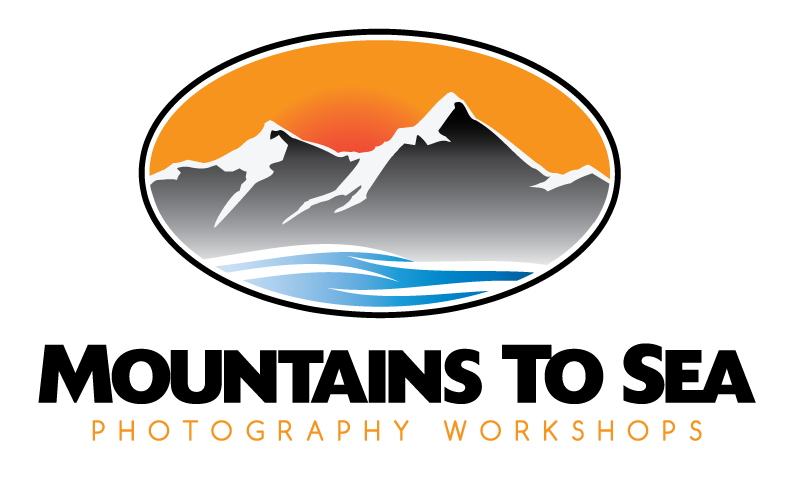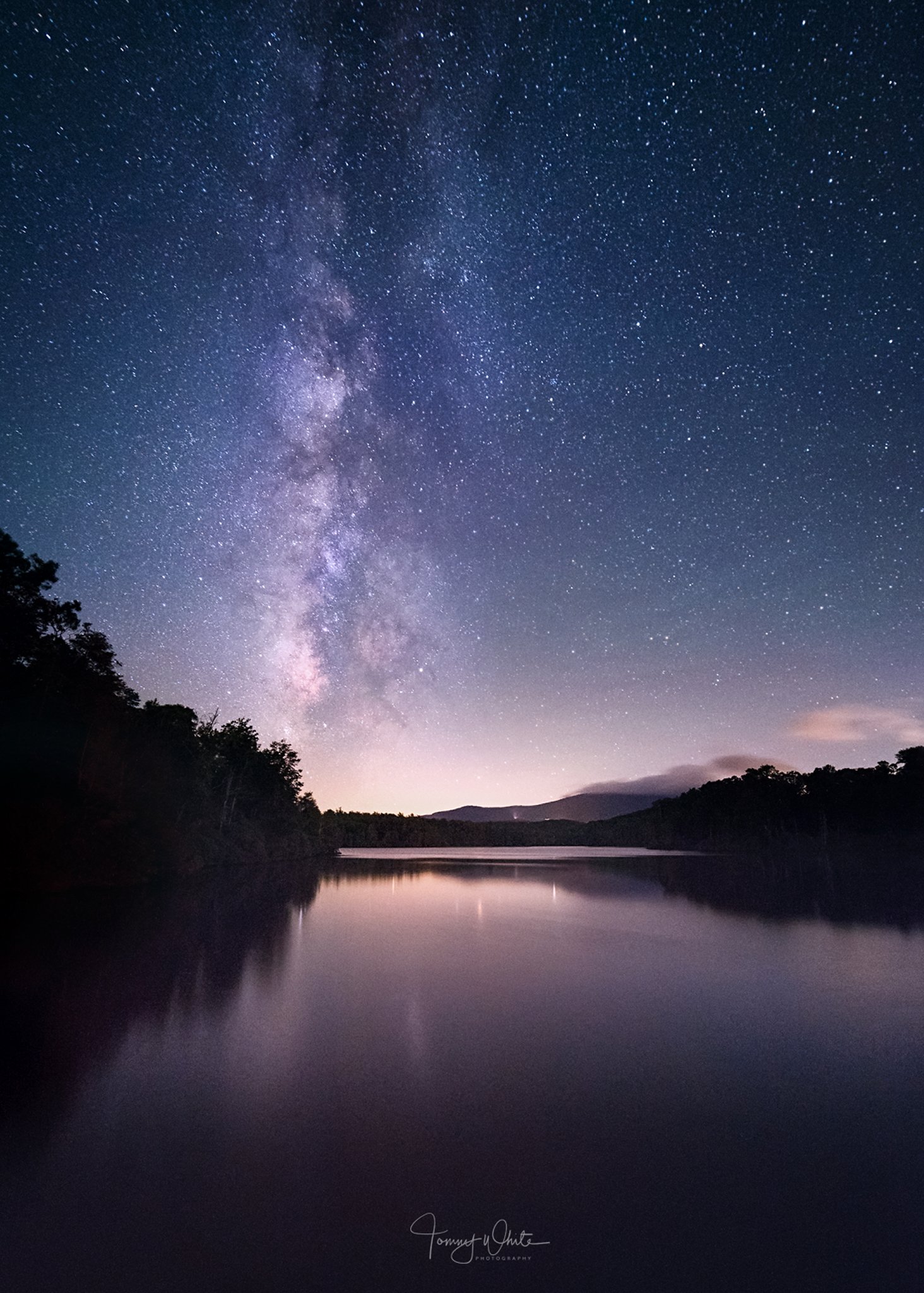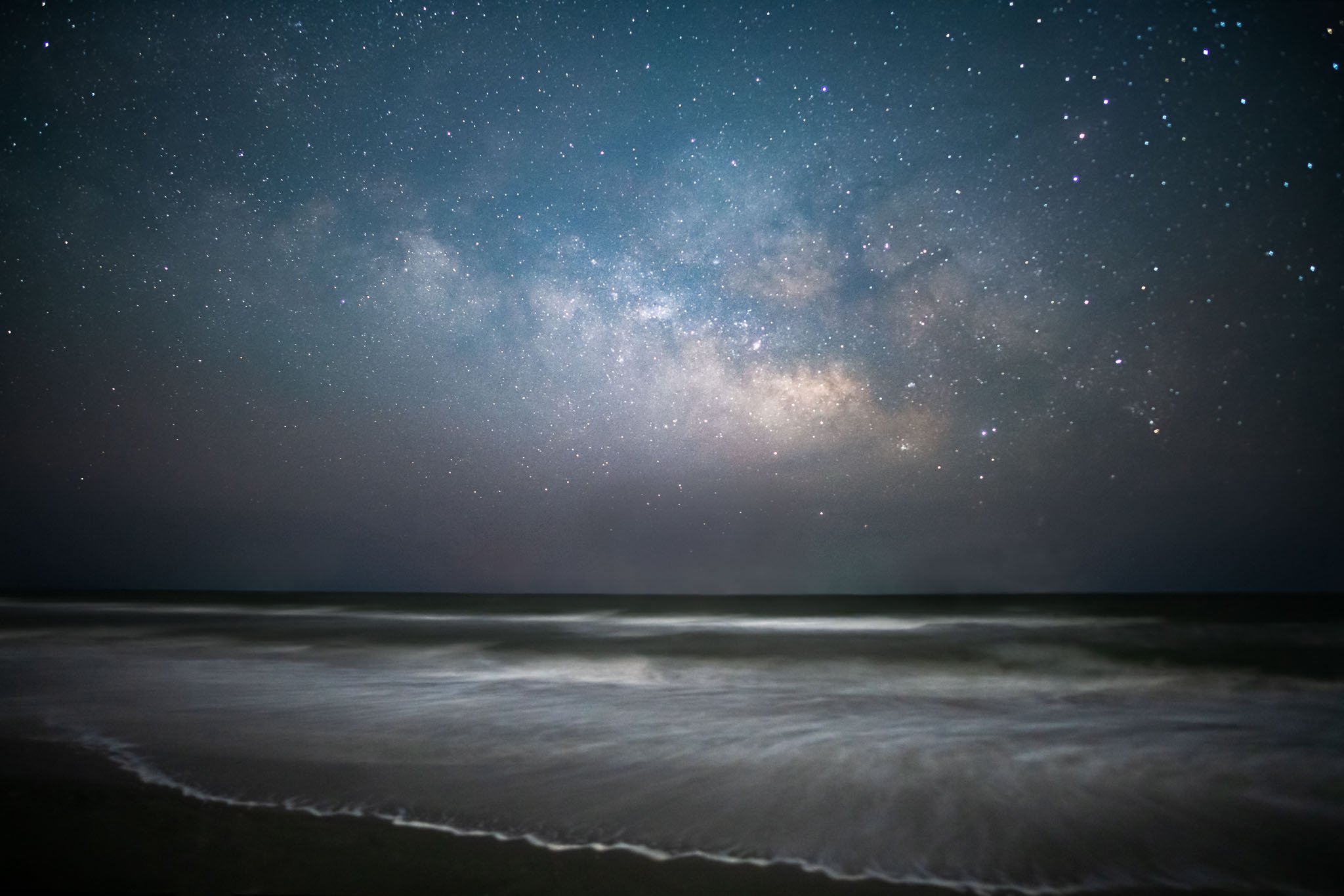5 Quick Tips to Get Started with Astrophotography
Do you love gazing at the stars? Have you ever tried to photograph them? If not, you are in for a treat! In this blog post, we will discuss five tips that will help you take amazing photos of the stars. Astrophotography can be extremely challenging, but it is well worth it when you get those perfect shots. Let's get started!
Stability - Use a Tripod
The first tip is to make sure your camera is stable. The best way to do this is to use a tripod. If you don't have a tripod, try setting your camera on a rock or a pile of clothes. Really you just need a tripod, so get a good one, and practice operating it in the dark.
What lens to use?
The type of lens you use will also play a big role in how your photos turn out. A wide-angle lens is ideal for astrophotography as it allows you to capture a large area of the night sky. If you are using a DSLR camera, then a lens with an aperture of at least f/2.8 would be ideal. Your lens choice plays a major role in how much light enters the sensor and how long you can leave the shutter open, which is massive for astrophotography.
Talk to me about settings.
One of the most important things to consider when photographing the stars is your camera settings. You will want to use a long exposure, as this will allow more light into the camera and help you capture those faint stars. A good rule of thumb is to start with an exposure of around 20-30 seconds. You will also want to use a high ISO setting somewhere around 3200 is a good start. This will help to bring out that twinkling starlight.
How do I prevent the stars from moving
It is also important to remember that the stars move (well the earth rotates, but your know what I mean), so you will need to use a shorter exposure if you are wanting to capture them in without seeing that motion. A good rule of thumb for full frame cameras is to divide your focal length by 500 to get your maximum exposure time. So, if you are using a 24mm lens, then 500/24 = 20 seconds. Going over 20 seconds and you will start really getting star trails.
Lets make it look good
Finally, when you are editing your photos, make sure to increase the contrast and clarity, and get some software that helps reduce the noise. This will help bring out the stars in your photo. We really like Lightroom and its capabilities to process astrophotography photos.
If you follow these five tips, you should be well on your way to taking some great photos of the stars! Don't forget to practice and have patience- it takes time to get good at anything! And as always, if you have any questions, feel free to reach out to us.




